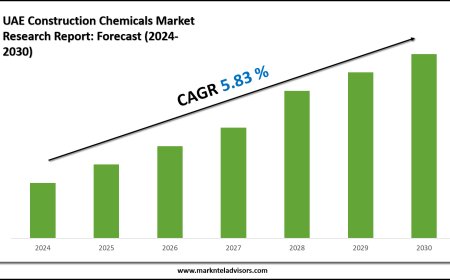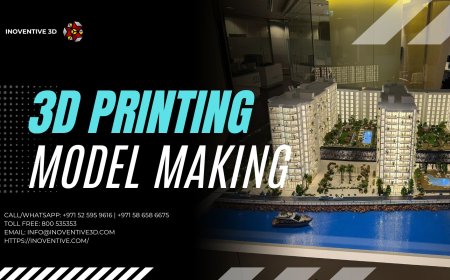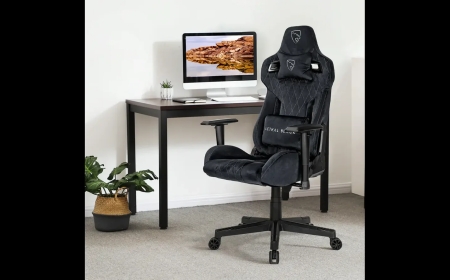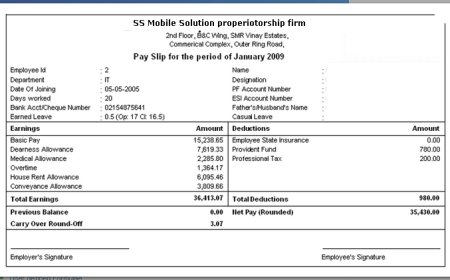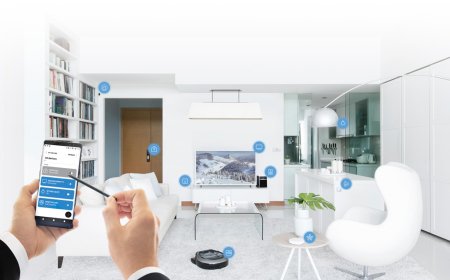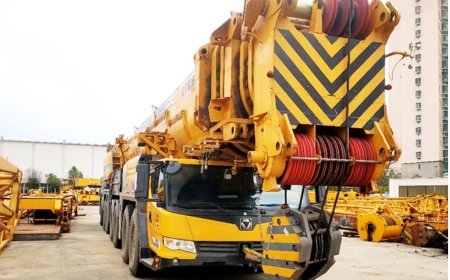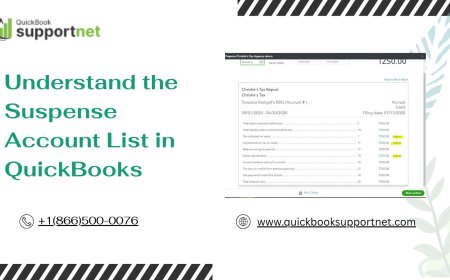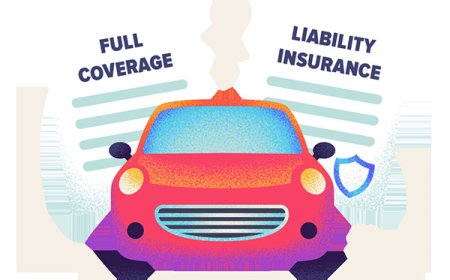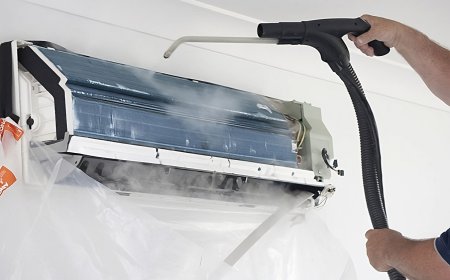Menu Management: Elevate Your Dining Experience

In todays fast?paced restaurant industry, staying ahead means more than crafting delicious dishesit requires a smart, data?driven approach to your menu. Effective menu management ensures that every item you serve is profitable, operationally efficient, and aligned with guest preferences. By centralizing recipe information, automating inventory controls, and analyzing real?time sales trends, you can reduce waste, boost margins, and deliver consistently exceptional dining experiences.
What Is Menu Management?
Menu management is the end?to?end process of designing, pricing, organizing, and updating your menu offerings to maximize profitability and streamline kitchen operations. Rather than treating the menu as a static list, you use continuous analysistracking ingredient costs, monitoring sales performance, and testing new dishesto make informed adjustments. A robust platform like our Menu Managementtool ties together recipe data, supplier catalogs, and POS sales in one dashboard, giving you the power to fine?tune every dish at the click of a button.
Why Effective Menu Management Matters
1. Drive Higher Profit Margins
-
Margin Analysis: By calculating the true cost of ingredients (including waste and labor), you identify which dishes yield the best returns. For example, swapping a high?cost protein in one recipe can boost that items margin by 1015%.
-
Strategic Pricing: Dynamic pricing models let you adjust prices based on seasonality, supplier fluctuations, and competitor benchmarksso you never leave money on the table.
2. Slash Food Waste and Control Costs
-
Real?Time Inventory Sync: Automatic alerts when stock dips below par levels prevent both stockouts and over?ordering. Many kitchens report up to a 20% reduction in waste within the first month.
-
Waste Tracking: Log spoilage, over?portioning, and returns to uncover hidden cost drivers. If you notice a pattern of wasted greens on Tuesdays, you can revise prep schedules or repurpose scraps into specials.
3. Enhance Guest Experience
-
Accurate Availability: Instantly mark items sold out to set proper expectationsno more upset customers being told their favorite dish isnt actually available.
-
Tailored Offerings: Use guest?facing dashboards or tablet surveys to collect feedback on new dishes. Then refine recipes before a full rollout, ensuring every launch resonates.
4. Streamline Operations Across Teams
-
Centralized Data: Recipes, allergen information, and pricing updates propagate automatically to digital menus, POS terminals, and delivery platforms, eliminating manual errors.
-
Cross?Location Consistency: Whether you operate one caf or fifty franchises, one click pushes new menus, ensuring brand consistency and operational efficiency.
Core Features of a Leading Menu Management System
-
Automated Recipe Costing
Upload supplier invoices once; the system continuously recalculates cost?of?goods?sold (COGS) as prices change, giving you up?to?the?minute profit insights. -
Menu Engineering Dashboard
Visualize each items popularity vs. profitability on a quadrant chart (Stars, Puzzles, Plowhorses, Dogs) and prioritize menu engineering efforts. -
Inventory & Purchase Order Automation
Set reorder points on key ingredients; the system can even auto?generate and email POs to preferred vendors. -
Digital Publishing & Integrations
One?click publishes updated menus to your website, mobile apps, in?store digital signage, and top delivery platforms like DoorDash and Uber Eats. -
Allergen & Nutrition Labeling
Generate accurate allergen warnings and nutrition facts from standardized recipescritical for compliance and building guest trust. -
A/B Testing & Limited?Time Offers
Roll out seasonal items to a subset of locations or customer segments, track performance, and decide whether to scale or retire them without disrupting your core menu.
Seven Steps to Implement Robust Menu Management
-
Comprehensive Menu Audit
-
Catalog every dish with ingredients, portion sizes, prep time, and current pricing.
-
Pull sales data for the last 12 weeks to calculate each items revenue, unit cost, and margin.
-
-
Import & Standardize Recipes
-
Enter recipes with precise measurements.
-
Assign ingredient SKUs tied to vendor catalogs so costs update automatically.
-
-
Define Inventory Triggers & Lead Times
-
Set par levels that reflect average usage.
-
Factor in vendor lead times and emergency buffers for high?demand periods (holidays, events).
-
-
Train Cross?Functional Teams
-
Conduct workshops for kitchen staff on logging prep, waste, and marking sold?outs.
-
Teach front?of?house how to pull live availability reports and suggest upsells based on margins.
-
-
Pilot & Iterate
-
Run a two?week pilot on a subset of menu categories (e.g., appetizers and salads).
-
Survey guests and analyze sales to fine?tune par levels, pricing, and portion sizes before a full launch.
-
-
Scale and Schedule Ongoing Reviews
-
Once ROI is proven (e.g., 15% higher margins, 25% less waste), roll out system?wide.
-
Schedule quarterly menu reviews to refresh seasonal offerings, revisit supplier contracts, and layer in new analytics features as they arrive.
-
Best Practices for Sustainable Success
-
Quarterly Menu Strategy Sessions
Bring together purchasing, culinary, marketing, and finance teams to review performance, brainstorm new dishes, and align on margin targets. -
Data?Driven Bundling
Create combo meals by pairing high?margin items with popular sides or beverages. A well?priced bundle can increase average ticket size by 1012%. -
Seasonal Rotation & Limited Runs
Rotate menus by season or local events. Limited?time offers (LTOs) generate buzz; successful LTOs can graduate to permanent menu spots. -
Feedback Loops
Embed quick feedback forms via QR codes on checks or receipts. Tag responses to menu items, so you know exactly which dishes to revise. -
Plan for Supply Shocks
Have backup ingredients or alternative recipes ready if a key supplier hits a delay or price spike. Your Menu Managementsystem can flag high?volatility items so you can pivot instantly.
Case Study: How GreenLeaf Caf Saved 18% in Food Costs
GreenLeaf Caf, a regional chain of seven cafs, struggled with inconsistent portion sizes and excess inventory. After implementing Menu Management platform:
-
Recipe Standardization cut portion variance by 35%.
-
Inventory Automation reduced spoilage by 22%, saving $8,000 in six months.
-
Menu Engineering highlighted underperforming grilled items, which were reimagined with new flavors, boosting their sales by 30%.
Together, these changes delivered a 18% reduction in overall food costs and improved guest satisfaction scores by 12%.
Conclusion
In short, effective menu management transforms your menu from a static list into a dynamic profit engine. By centralizing recipe data, automating inventory controls, and leveraging real?time sales analytics, you eliminate guesswork, reduce waste, and sharpen your pricing strategies. Guests benefit from accurate availability and thoughtfully curated offerings, while your back?and?house teams gain the tools they need to work more efficiently and collaboratively. Ultimately, a robust menu management systemlike the one offered by?Menu Managementempowers you to make strategic, data?driven decisions that boost margins, elevate the dining experience, and keep your business agile in the face of changing trends. Invest in smart menu management today, and watch your profitability and guest satisfaction grow in tandem.



